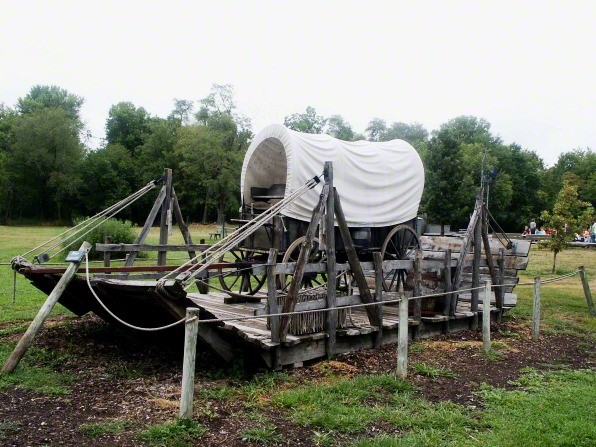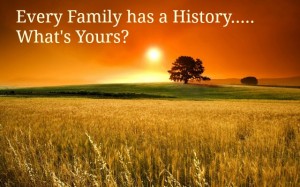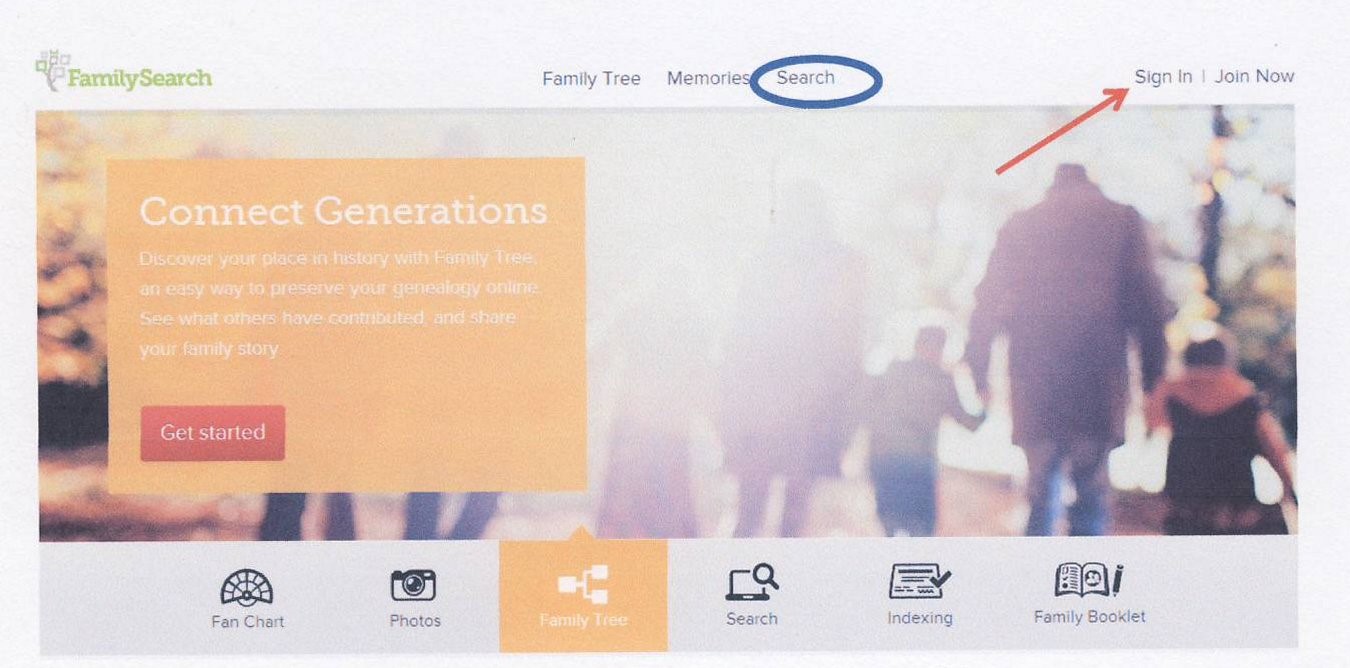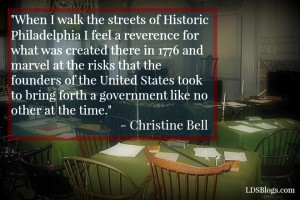 I have done some traveling this summer, but not as much as this post might suggest. I did visit Nauvoo, Illinois and since that visit, I have been thinking about the value of visiting places that can teach about a time period or a culture that an ancestor experienced. I was fortunate that I had a former address of my grandmother when I visited the upper east side of Manhattan recently, which I wrote about in a previous post but much can be gained if you just know a time period and a place your ancestor lived. This especially true if the place has been designed to help you learn history.
I have done some traveling this summer, but not as much as this post might suggest. I did visit Nauvoo, Illinois and since that visit, I have been thinking about the value of visiting places that can teach about a time period or a culture that an ancestor experienced. I was fortunate that I had a former address of my grandmother when I visited the upper east side of Manhattan recently, which I wrote about in a previous post but much can be gained if you just know a time period and a place your ancestor lived. This especially true if the place has been designed to help you learn history.
Nauvoo, Illinois which is on the banks of the Mississippi is one of those places. It was the last of series of communities built by members of The Church of Jesus Christ of Latter-day Saints (Mormons) before they began their journey to Utah. Today, Nauvoo has a population of about one thousand people but back in early 1840’s, there were almost as many people in Nauvoo as Chicago! Nauvoo will mean the most to you if you have Mormon ancestors but even if you don’t, you will learn a lot about life in the 1840’s and the preparations required to travel to and settle in the western United States. Open for tours are many historic buildings including the blacksmith, tinsmith, brick maker, post office, print shop and the wainwright (wagon-maker). While you learn how they made wagons, you also hear what it took to get ready to move west and how little you could take with you! More would fit in a large multi-passenger van today than fit in a wagon bed. I am currently making preparations for a c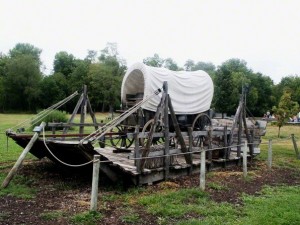 ross-country move and I am very grateful that I don’t have to do it in a covered wagon. The covered wagon pictured here is on a raft that would have gotten wagons across the Mississippi river. The weekend I visited Nauvoo, the Mississippi river was over its banks and this pictured display was surrounded by the river. I find hard to imagine what it would be like to cross the country without roads and bridges.
ross-country move and I am very grateful that I don’t have to do it in a covered wagon. The covered wagon pictured here is on a raft that would have gotten wagons across the Mississippi river. The weekend I visited Nauvoo, the Mississippi river was over its banks and this pictured display was surrounded by the river. I find hard to imagine what it would be like to cross the country without roads and bridges.
When I walk the historic district of Philadelphia, Pennsylvania, I feel a reverence for what was created there back in 1776 and marvel at the risks that the founders of the United States took to bring forth a government like no other at the time. I learned since I moved from Pennsylvania that I have ancestors who were there during the American Revolution. I wish I had known that during one of my visits to Independence Hall as it would have made the visit even more meaningful. There are many historic cities and towns in Southeastern Pennsylvania where history is being carefully preserved and shared. Valley Forge, where patriot troops spent a horrific winter, is not far from Philadelphia. Hopewell Furnace National Historic Site, also in this area of Pennsylvania, provides a fascinating window on how cast iron was produced in the eighteenth century. Close by Bethlehem, Pennsylvania is also an enjoyable place to visit. Founded on Christmas Eve of 1742, hence the name of Bethlehem, this city was founded by Moravians who at that time lived in a communal society. A stroll through downtown Bethlehem will take you past the original centuries old structures including those which hosted the leaders of the American Revolution. There are a number of historical markers to help you learn and understand the history of the area. With a current population of a little more than 75,000, present-day Bethlehem is a nice mix of historic and modern activities and entertainment. Many communities strive to preserve their history. If you ar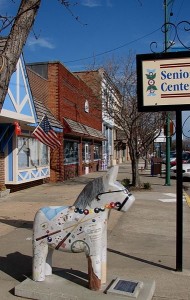 e going to be traveling, refer to the internet or tour books to help you find historic preservation sites to visit.
e going to be traveling, refer to the internet or tour books to help you find historic preservation sites to visit.
If you have ancestors from a country whose history and culture you don’t a lot about, learning more about that country could help you know more about your ancestor and their life experiences. In addition to communities that focus on the history of the area, there are also some which focus on a particular nationality. Two examples of this type of community are Solvang, California, “Danish capital of America and Lindsborg, Kansas, “Little Sweden USA.” Travel to one of these towns provides the opportunity to enjoy the architecture, food, and culture of the country represented. These communities were founded by immigrants from a particular country and are striving to maintain and promote that culture. Pictured here is a Wild Dala from Lindsborg, Kansas. These horses which were traditionally carved from wood and then decorated are traditional Swedish folk craft and have been adopted by Lindsborg as a symbol of identity. In 2000, it was decided to cast the traditional Dala shape in large fiber glass forms and invite local residents and business to decorate them creatively. The Wild Dala “herd” continues to grow and on pleasant weather Saturdays, tours are available to hunt for the Wild Dalas. If you live in a major metropolitan area, you probably won’t have to travel far to visit heritage centers of many other countries. One example is the Irish American Heritage Center located in Chicago, Illinois. The following introduction appears on their website:
The mission of the Irish American Heritage Center is to nurture and strengthen Irish culture and heritage through programs emphasizing Irish music, literature, drama, traditional dancing, fine arts and the constructive contributions of the Irish and Irish-Americans to the United States of America. The Irish American Heritage Center supports this mission by maintaining its resources, including the museum, Irish school, archives, choir, art gallery, auditorium, library, theatre group and other related programs and partnerships, while providing a gathering place for the Irish American community and those interested in Irish culture. The Irish American Heritage Center is one of the premiere Irish cultural organizations in the United States. It is a destination for people of Irish descent as well as those who wish to learn more about the Irish heritage. http://irish-american.org/
Holidays are an important part of every culture. With the holidays approaching, consider what holidays your ancestors may have celebrated and how. With a little research, you may be able to add some new traditions to your celebrations that your ancestors might have enjoyed too.
About Christine Bell
Christine Bell has been seeking her ancestor for almost forty years and continues to find joy in each one she finds. She volunteers in a Family Search Family History Center where she helps others find their ancestors. As a convert to The Church of Jesus Christ of Latter-Saints, she is grateful to be a member of the Church. She is a wife, mother of six grown children, grandmother of five going on six, and currently living in the western United States. Christine enjoys spending time with family and creating quilts for family, friends and Humanitarian Services of The Church of Jesus Christ of Latter-day Saints.

